Duramax History, Lesson 6: L5P
As if its class-leading horsepower rating of 445hp and 910 lb-ft of torque available at a low 1,600 rpm wasn’t enough, upon its release GM also claimed the L5P made use of the most robust Duramax crankcase ever cast. To be clear, there is nothing past tense about the L5P Duramax, as it’s the 6.6L variant currently found in ’17-newer GM HDs. However, the technology onboard is historic. For the first time in this engine’s production run, the injection pump is supported by a lift pump (an electric, in-tank unit), the common-rail system is supplied by Denso (not Bosch) and boost is provided courtesy of a BorgWarner turbocharger (rather than a Garrett).
But has the L5P lived up to all the hype? For the most part, yes. However, while we know that it’s very powerful in factory form (a bone-stock ’17 Silverado 2500 HD crew cab 4x4 can run 14s in the quarter-mile), we don’t yet know how much power the stock hard parts can take or if all the “20-percent stronger” hoopla was simply the marketing department run amok. With that said, thanks to aftermarket wizardry, we now know that 600rwhp is attainable on the stock injectors, injection pump and turbocharger. On the emissions front, and as these trucks are still brand-spanking new for all intents and purposes, the verdict is still out as to whether or not the EGR, DPF and/or SCR systems have been improved upon, from a reliability standpoint.
Keep reading and we’ll divulge everything we know about the L5P so far…
In the meantime, tell us which Duramax history lesson was your favorite, the LB7, LLY, LBZ, LMM, LML or L5P? We’ll let you know which engine gets our vote for best Duramax in an upcoming article.
L5P Hard Facts
| Production | 2017-present | Valvetrain | OHV, four-valves per cylinder, single cam |
|---|---|---|---|
| Design | 90-degree V8 | Injection System | Denso high-pressure common-rail, direct injection |
| Bore | 4.06 inches | Injectors | Denso G4S Gen III solenoid-style |
| Stroke | 3.90 inches | Injection Pump | Denso HP4 (29,000 psi) |
| Displacement | 6.6L (403 ci) | Turbocharger | BorgWarner variable geometry |
| Compression Ratio | 16.0:1 | Intercooler | Air-to-air |
| Block | Deep-skirt, cast-iron (gray iron alloy) | Emissions | Exhaust gas recirculation (EGR), diesel oxidation catalyst (DOC), diesel particulate filter (DPF), selective catalytic reduction (SCR) |
| Rods | Powdered-metal, fractured (cracked) cap | Horsepower | 445hp at 2,800 rpm |
| Pistons | Cast-aluminum | Torque | 910 lb-ft at 1,600 rpm |
| Heads | Cast-aluminum with six head bolts per cylinder (with sharing) |
DMAX Ltd. Turns Out Number 2 Million
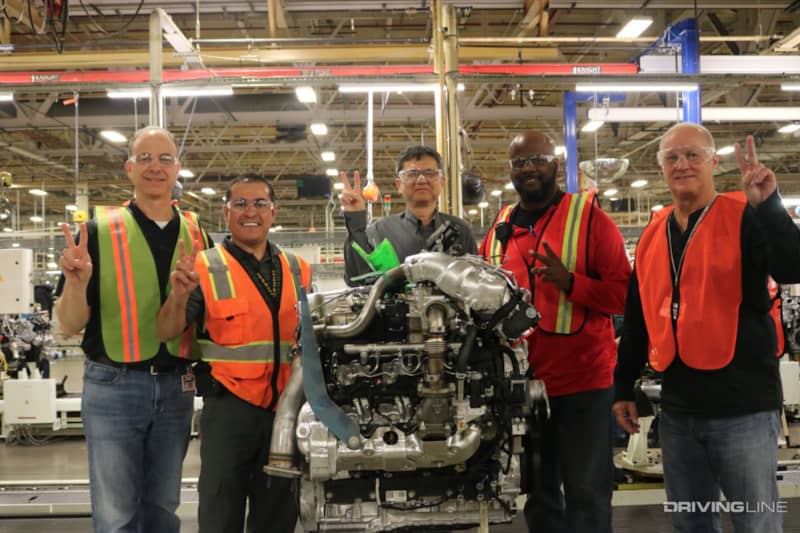
At the time of its release for ’17 model year Chevy Silverado and GMC Sierra HDs, the L5P Duramax belted out a class-leading 445hp, along with an impressive 910 lb-ft of torque at just 1,600 rpm. As a result, an unladen ¾-ton crew cab 4x4 could sprint from 0 to 60 mph in just over six seconds—not bad for a 7,500-pound diesel. In March of 2017, Duramax production reached the two million milestone in the form of the L5P engine shown above.
Heat-Treated Block
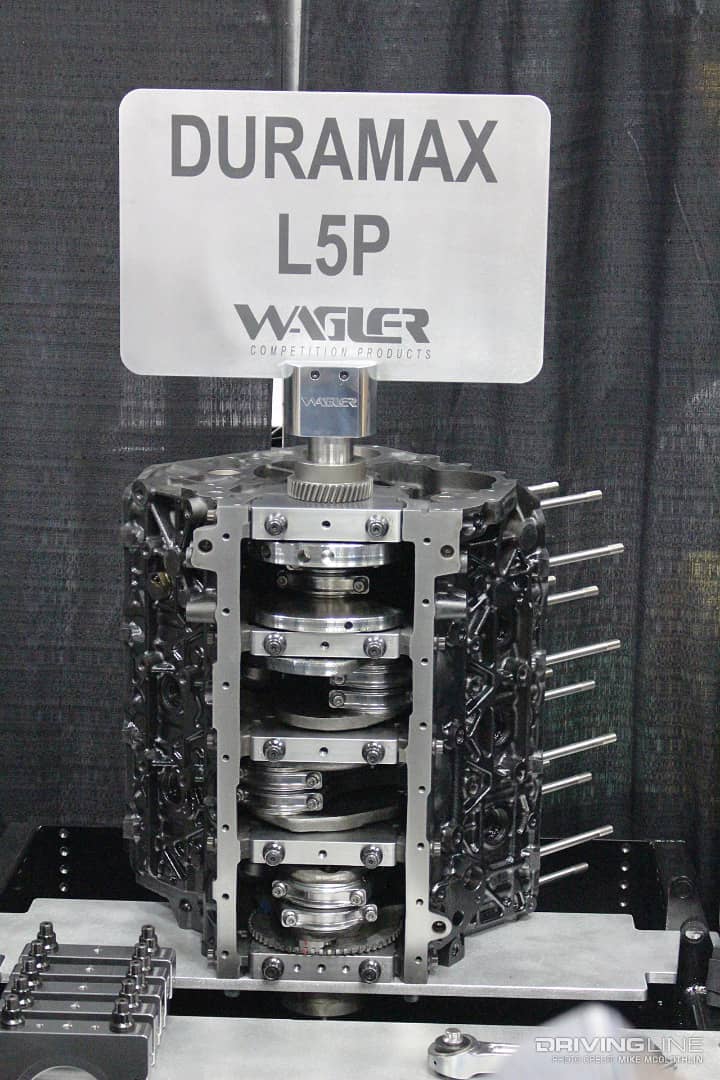
It’s been said the L5P is so new that the only carryover item from the LML is the bore and stroke. A new, gray iron casting combined with heat-treating is said to have improved block strength by 20-percent, and according to GM, the new block is capable of coping with cylinder pressure in excess of 2,600 psi (or 180 bar). The block’s deck height is also a little more than 4mm taller, with the crankcase weighing in roughly 10 pounds heavier than the previous one.
Highest Flowing Heads
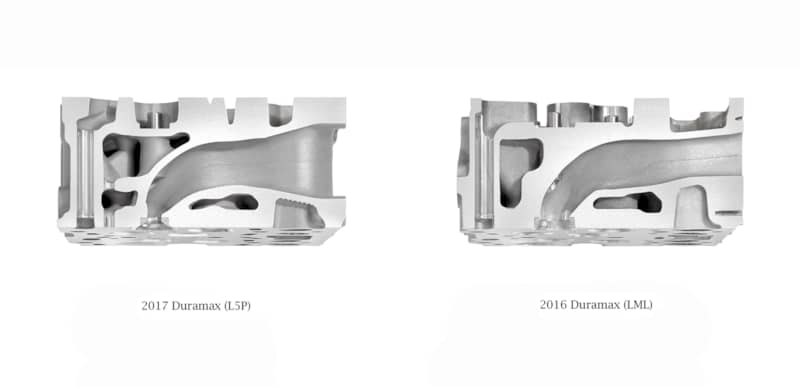
While not a complete redesign, the cylinder heads aboard the L5P are radically different than anything we’ve seen on a Duramax before. Big cross sections lead to shorter port distance from the intake valves and drastically revised intake ports bring not only more air, but equal airflow into each cylinder. A stronger aluminum casting permits the combustion area of the heads to withstand the higher cylinder pressures the L5P sees and beehive valve springs (with ultra-light, LS-style solid rollers also making it into the valvetrain) mean this engine will have no problem handling high rpm.
Powdered-Metal Rods
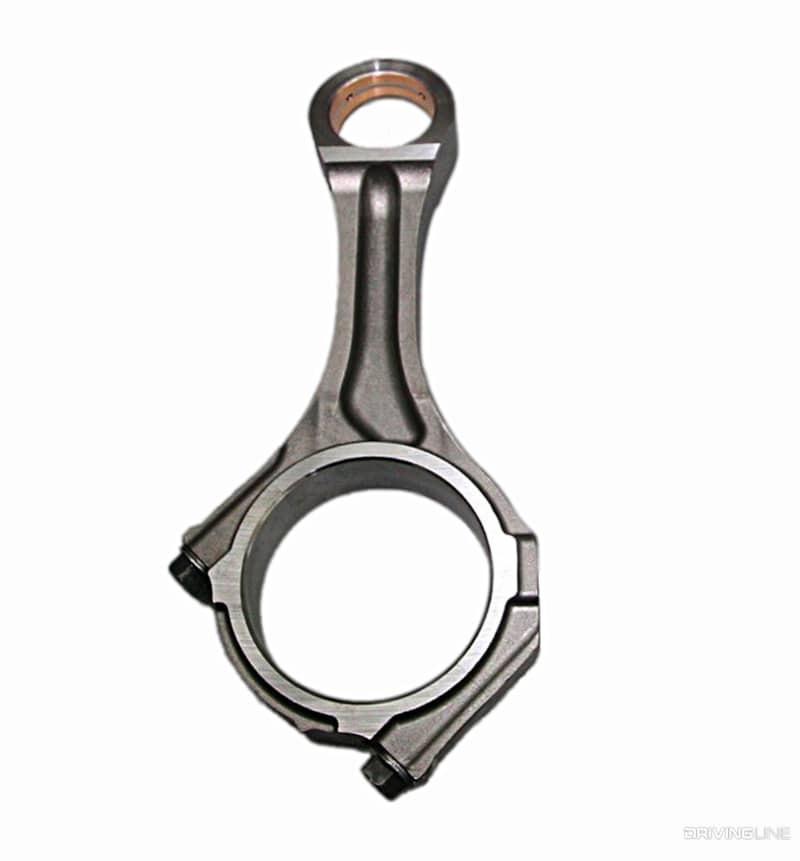
Now made of powdered-metal, the L5P’s connecting rods still feature a fractured cap design, but the cap makes use of a new, 45-degree split-angle, which allows for larger rod ends (with bigger rod bearings) to pass through the cylinder bores during assembly. An added benefit of the new cap design is the added clearance it provides between the crankshaft. On the small end, beefier (+1.5mm in diameter), DLC-coated wrist pins are employed, which add weight to the rumor that the L5P houses the strongest OEM Duramax pistons ever offered.
Stronger Pistons
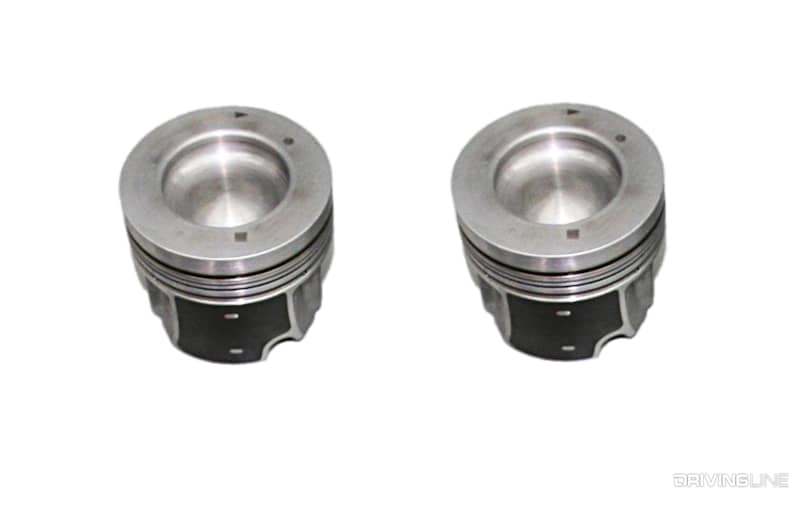
A higher tolerance for pain is the best way to describe the L5P’s pistons. After being cast, the leading edge around the fuel bowl is radius’d via laser (the GM terminology was “re-melt”), which effectively increases thermal capacity. Given the failures that plagued the LBZ and LMM (and with the LML utilizing pistons fairly similar to those two engines), this is a step in the right direction as far as piston longevity is concerned. The pistons themselves are taller, thicker walled (for added strength) and as a result are heavier than previous versions. For bottom side temperature control, the L5P’s piston cooling jets have double the flow volume over the LML and each nozzle can flow one gallon of oil per minute.
Billet Wheeled, Electrically-Activated VGT
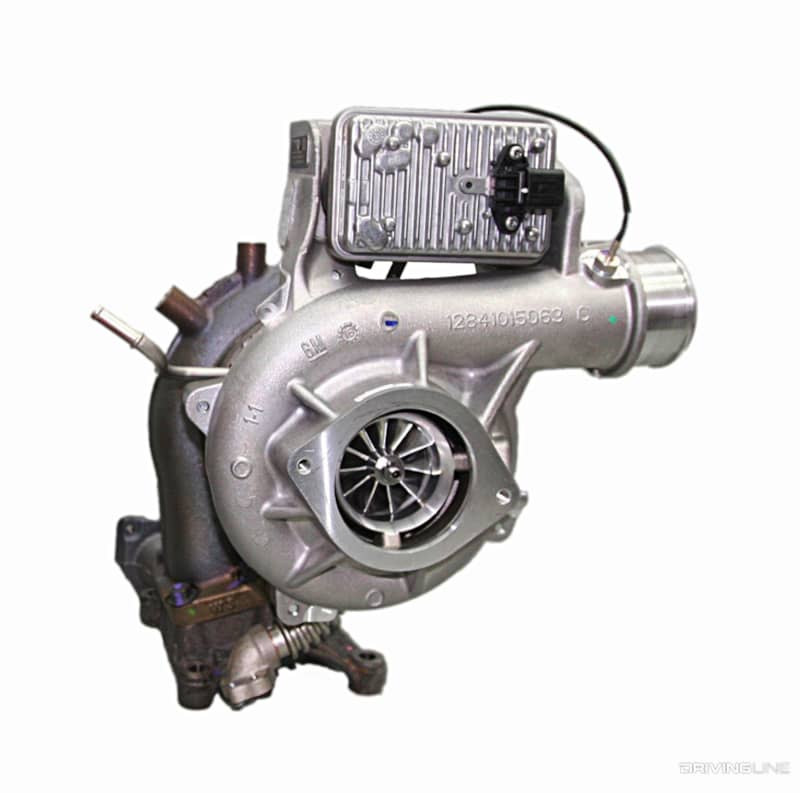
The 12-percent horsepower improvement the L5P enjoys over its LML predecessor would only have been possible with a higher-flowing turbocharger—and the L5P has one. Not only that, this is the first Duramax to ever offer a variable geometry turbo that isn’t manufactured by Garrett. Instead, an electrically controlled and actuated BorgWarner unit handles boost production (up to 28 psi in stock form), provides quicker variable vane response and doubles as a turbo brake to help bring heavy loads to a halt. Clocked slightly off center (to clear the new centrifugal oil/air separator) and positioned more toward the front of the valley, the BorgWarner charger features a billet, 11-blade compressor wheel with a 61mm inducer (vs. the LML turbo’s 60.6mm inducer cast wheel). Also different from the LML, the diesel oxidation catalyst bolts directly to the back of the BorgWarner unit’s exhaust housing.
Denso High-Pressure Fuel Pump
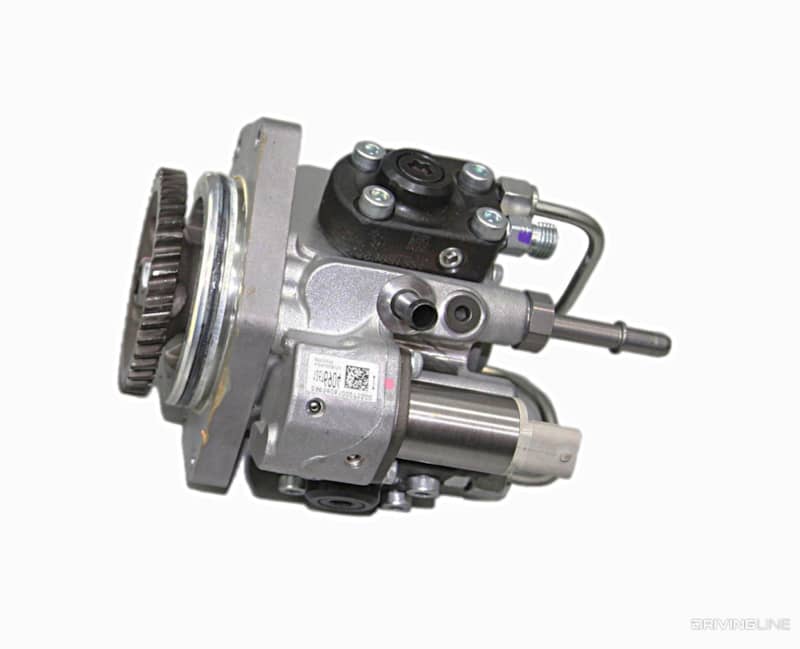
For the first time in the Duramax engine’s history, GM parted ways with Bosch for its fuel system and ECM needs. On the L5P, a Denso HP4 injection pump replaces the Bosch CP4.2 found on the LML. The pump is still located at the front of the lifter valley, but the HP4 uses three high-pressure cylinders vs. two, incorporates a filter screen on the pump’s inlet for added safety (from debris and other contaminants) and benefits from an electric in-tank lift pump supplying it with 55 to 60 psi of fuel at all times (another first for a Duramax). On top of all of these standard benefits, the HP4 pump is capable of operating at 36,000 psi without issue. The aftermarket is going to have a lot of fun with this pump.
Denso Injectors
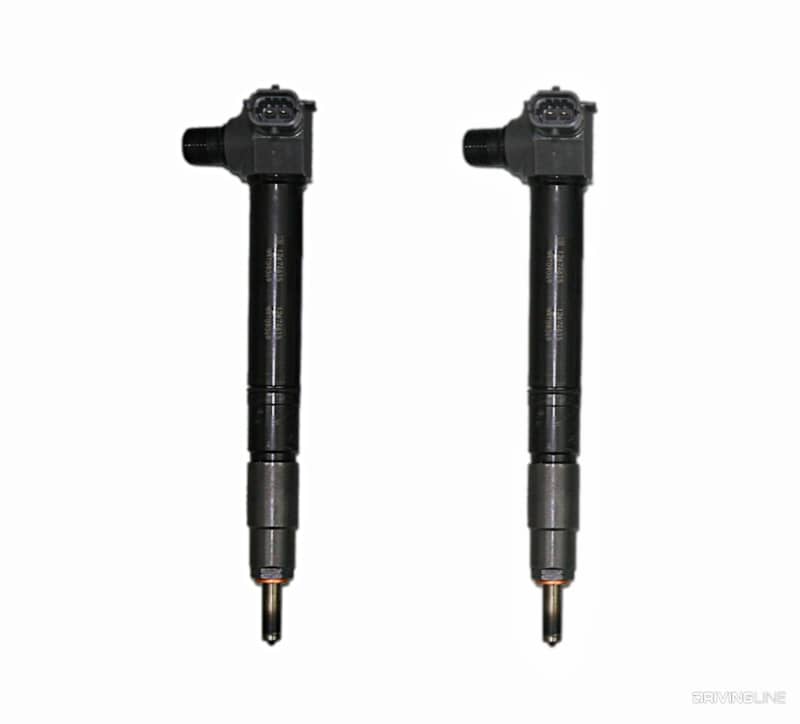
The L5P engine reverts back to solenoid-style injectors instead of sticking with the piezoelectric units we saw in the LML. The difference here is that these solenoid style injectors are highly advanced, G4S Gen III units from Denso and are said to flow approximately 20-percent more fuel than the LML injectors. The injectors are equipped with seven-hole mini-sac nozzles, which aid fuel atomization to reduce emissions. Each injector can carry out as many as seven injection events per combustion cycle, which means multiple pilot events to quiet the engine and more than one post event to further aid in emissions reduction.
New ECM
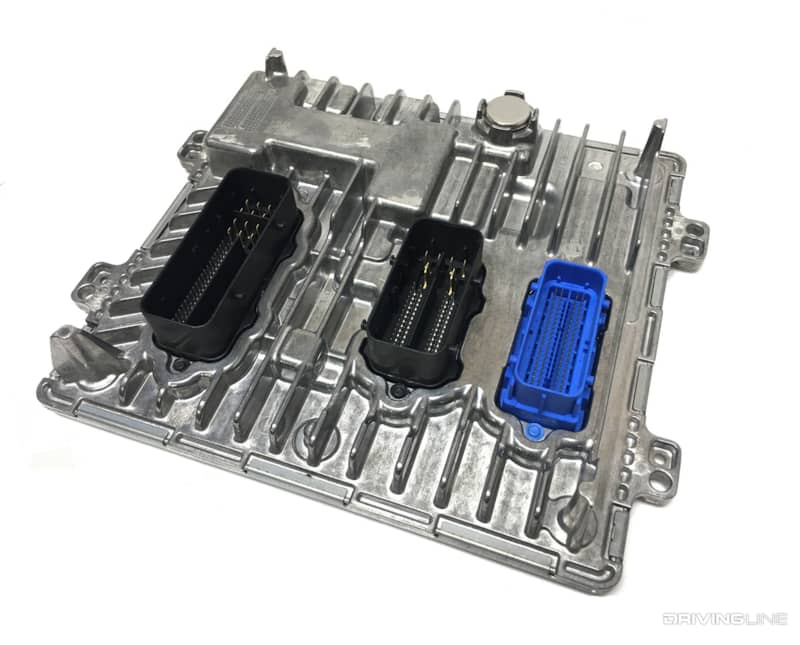
With the brand new injection system came a fresh ECM, and a Continental E41 engine control module replaces the Bosch units found on LMLs. From the factory, GM had this ECM on absolute lockdown. It took the aftermarket more than two years to figure out how to infiltrate it.
600RWHP On Stock Parts!
Now that the L5P’s ECM can be uploaded with different calibrations, this engine’s true potential is quickly being realized. So far, ’17-newer GM HDs are capable of making 600hp on the chassis dyno when tuned. Granted, a stock Allison 1000 transmission will never hold up to this type of power for long, but you get the idea of what the higher-flowing heads, billet wheel’d turbocharger and especially the new injection system on the L5P are capable of from the factory. By comparison, 500 to 530rwhp was all that could be gleaned out of any stock injector/stock turbo LB7, LLY, LBZ, LMM or LML-equipped truck.
Fully Functional Hood Scoop

We would be remiss if we failed to mention the functional hood scoop/passive cold air intake system on GM’s ’17-current heavy-duty trucks. Specifically included with the L5P Duramax, the hood scoop is used to drive cool, dry air into the engine and provide controlled intake air temperature for the engine under all operating conditions. With the front-ends of the HD pickups (and all diesel trucks for that matter) perpetually growing in order to accommodate more and more heat exchangers stacked in front of the engine, something had to be done to introduce more fresh air into the equation, right? The one downside to the system (that we can see) is that the expansion chamber, designed to trap larger debris and air born particles, will require periodic servicing or cleaning.
More From Driving Line
- Want to get the most out of your diesel engine? Take a look at our budget diesel mods!







